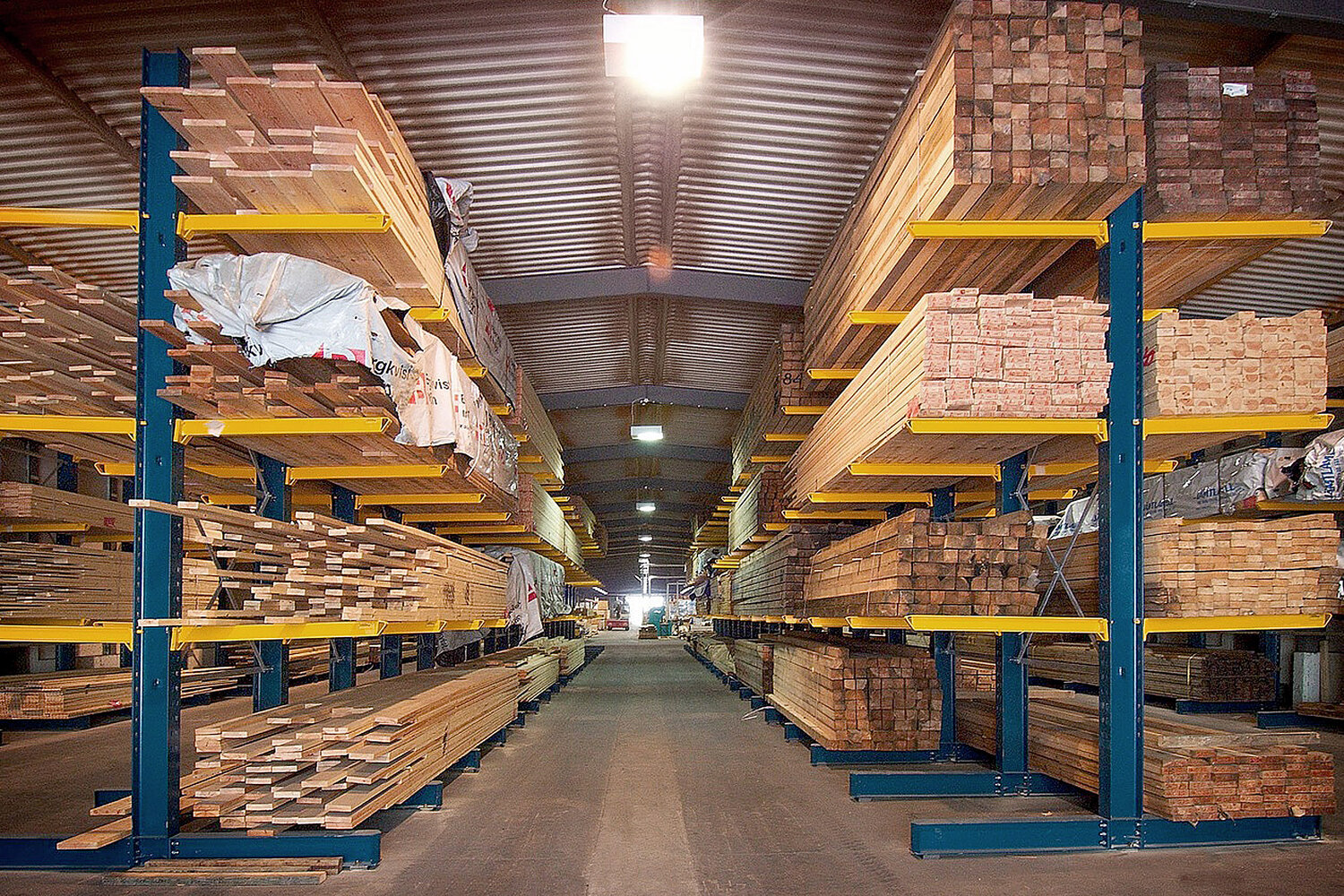
Hey there, construction enthusiasts! If you’ve ever walked down the lumber aisle at your local hardware store, you’ve likely encountered a vast array of choices. Two heavyweights in the construction ring are engineered lumber and traditional wood. Today, we’re diving into the nitty-gritty of these building materials, exploring how they’re made, how to spot the best quality, and weighing the pros and cons of each. So, grab your hard hat and let’s get building! This article is especially useful if you are planning a new build or rehab project.
Unwrapping Engineered Lumber: The Tech Behind the Timber
First things first, what exactly is engineered lumber? It’s like the superhero of the construction world, combining different wood materials to create a stronger, more reliable product. Think of it as the Avengers of the lumber yard.
Engineered lumber is crafted by bonding together layers of wood strands, veneers, or fibers with adhesives to form a robust composite. This process enhances its structural integrity, making it less prone to warping, twisting, and other common wood-related headaches. The result? A more stable and predictable building material.
Identifying Top-Notch Lumber: A Construction Connoisseur’s Guide
Now, let’s talk about picking the cream of the lumber crop, whether it’s engineered or traditional wood. For both, look for straightness, minimal knots, and consistent grain patterns. With engineered lumber, ensure the layers are well-bonded, and there are no visible defects in the adhesion. Traditional wood lovers, on the other hand, should check for signs of decay, insect damage, or excessive moisture.
Remember, a keen eye is your best tool when it comes to selecting top-tier lumber. Whether it’s an I-beam made from engineered lumber or a classic 2×4, quality matters.
Head-to-Head: Engineered Lumber vs. Wood
The Pros of Engineered Lumber:
- Strength and Stability: Engineered lumber is designed to be stronger and more stable than its traditional counterparts, making it ideal for large spans and heavy loads.
- Consistent Quality: Thanks to manufacturing precision, engineered lumber boasts consistent quality, minimizing the risk of defects commonly found in natural wood.
- Environmentally Friendly: Engineered lumber often utilizes fast-growing wood species, reducing the environmental impact compared to harvesting slow-growing trees for traditional wood.
The Cons of Engineered Lumber:
- Cost: Engineered lumber tends to be pricier upfront, although some argue that the long-term benefits outweigh the initial expense.
- Limited Aesthetic Options: If you’re a fan of the natural, rustic look of wood, engineered lumber might not fulfill your aesthetic desires as it often comes with a more uniform appearance.
The Pros of Traditional Wood:
- Classic Aesthetics: Nothing beats the timeless beauty of natural wood. If you’re going for that classic, warm look, traditional wood is your go-to.
- Initial Cost: Traditional wood is generally more budget-friendly in the beginning, making it an attractive option for smaller projects or those working within tight financial constraints.
The Cons of Traditional Wood:
- Inconsistency: Natural wood can vary in strength and quality, meaning you might encounter more unpredictability in your construction projects.
- Environmental Concerns: Harvesting traditional wood can contribute to deforestation and environmental degradation, which is a big consideration in today’s eco-conscious world.
Wrapping It Up: Which One Takes the Construction Crown?
In the end, the choice between engineered lumber and traditional wood depends on your specific project, budget, and aesthetic preferences. If you’re aiming for strength, stability, and a more predictable outcome, engineered lumber might be your superhero. On the flip side, if you’re all about that classic, natural vibe and working with a tighter budget, traditional wood is a solid contender.
So, whether you’re team engineered or team traditional, keep building, keep creating, and most importantly, have fun with it! After all, construction is an art, and your choices in materials are the brushstrokes that shape your masterpiece. Happy building!

